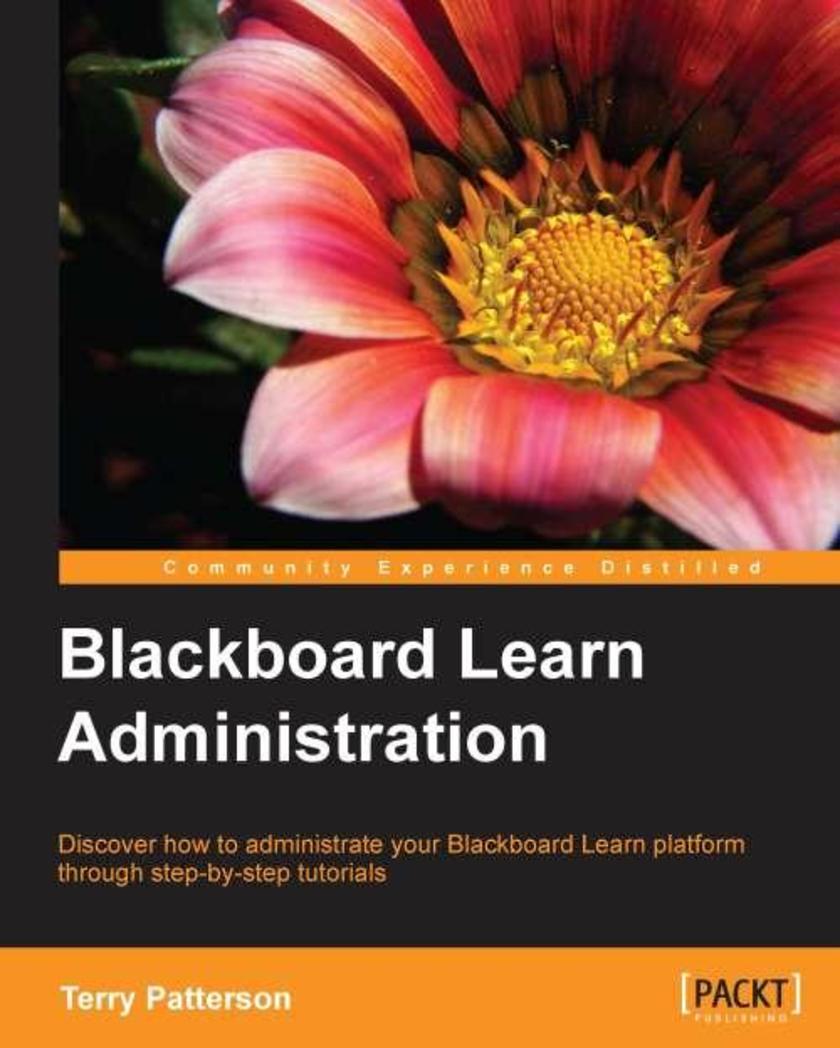
Blackboard Learn Administration
¥80.65
Hands-on and step-by-step instructions on successfully administrating Blackboard Learn from an admin expert. This book is for in-house IT administrators who are responsible for maintaining the school’s IT system and making sure that it is ready for the teachers to use. Readers will need some experience with server management and installation.
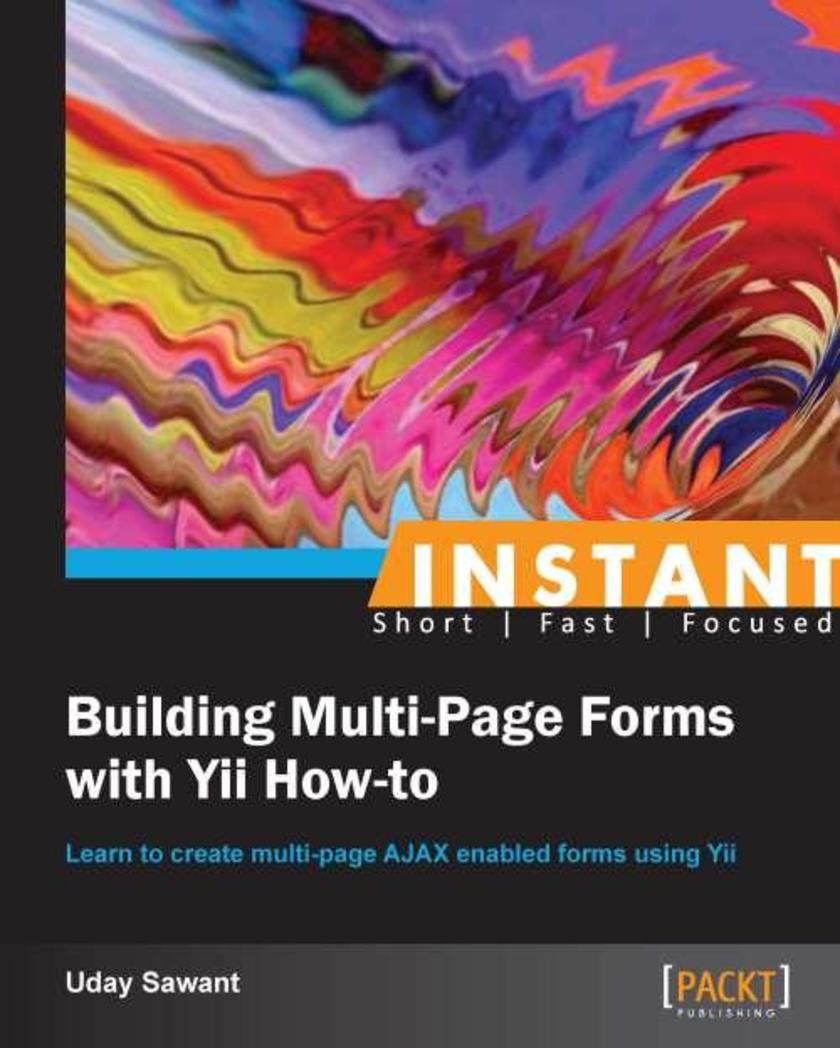
Instant Building Multi-Page Forms with Yii How-to
¥41.41
Filled with practical, step-by-step instructions and clear explanations for the most important and useful tasks.A concise guide that delivers immediate results with practical recipes on customizing your forms.This book is great for developers who have a basic understanding of Yii framework and want to learn some of the advanced, inbuilt features of Yii. It assumes that the reader has a basic knowledge of PHP development, how forms work, and AJAX operations.
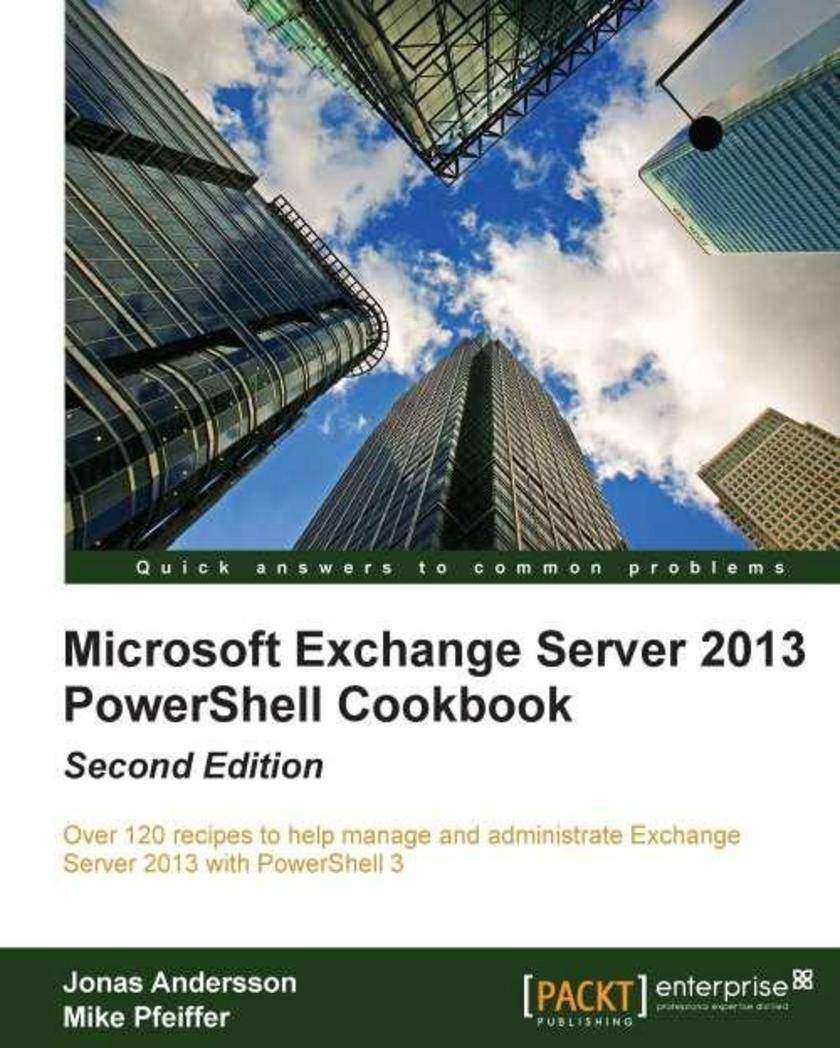
Microsoft Exchange Server 2013 PowerShell Cookbook: Second Edition
¥107.90
This book is written in a Cookbook-style format and provides practical, immediately usable task-based recipes that show you how to manage and maintain your Microsoft Exchange Server 2013 environment with Windows PowerShell 3. Each chapter of the book is written so that it can be used as a desktop reference, or it can be read from beginning to end, allowing you to build a solid foundation for building *s in your Exchange environment.This Cookbook is for messaging professionals who want to learn how to build real-world *s with Windows PowerShell 3 and the Exchange Management Shell. If you are a network or systems administrator responsible for managing and maintaining Exchange Server 2013 you will find this highly useful. Only basic knowledge of Exchange Server and PowerShell are required to make the most of this book.
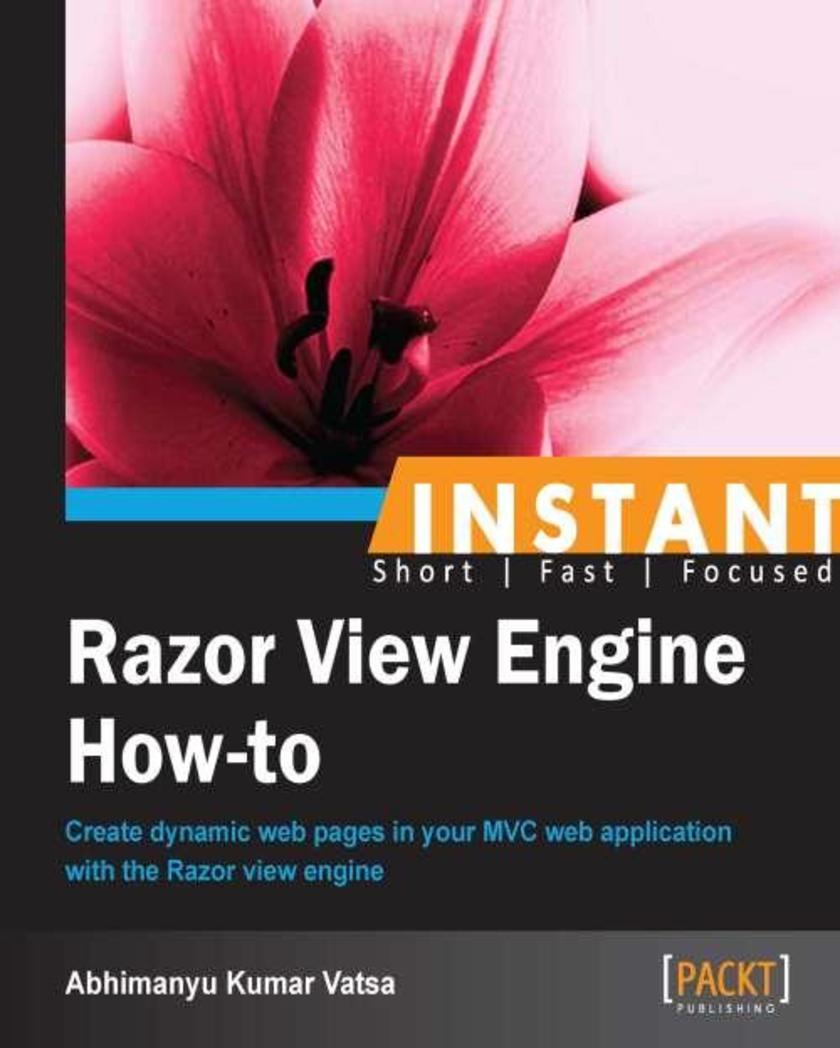
Instant Razor View Engine How-to
¥45.77
Filled with practical, step-by-step instructions and clear explanations for the most important and useful tasks. This is a Packt Instant How-to guide, which provides concise and clear recipes for configuring RazorView and working with its syntax and view types.This book is for developers who are looking for alternate ways to simplify web application development.
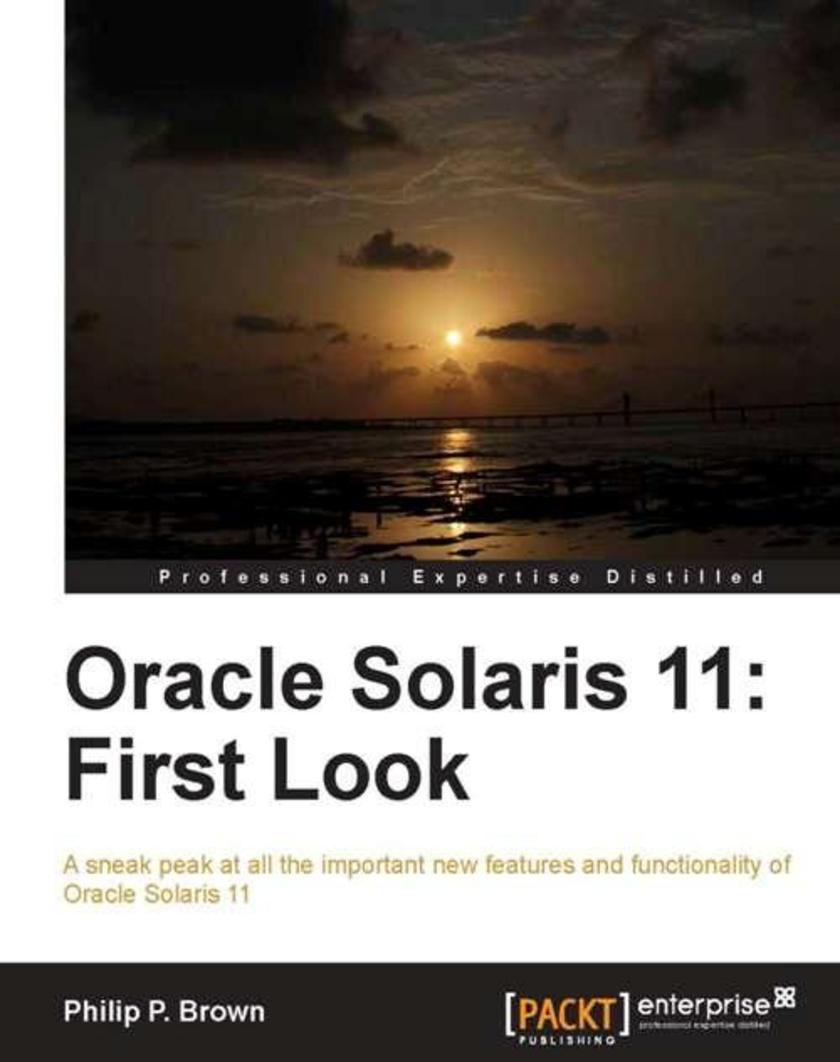
Oracle Solaris 11: First Look
¥54.49
This book is written in simple, easy-to-understand format with lots of screenshots and step-by-step explanations. If you are a Solaris administrator looking for a step-by-step guide to understand the new features and functionality of Oracle Solaris 11, then this is the guide for you. Working knowledge of Solaris is required.

Instant MinGW Starter
¥35.96
Get to grips with a new technology, understand what it is and what it can do for you, and then get to work with the most important features and tasks. This is a Starter guide designed to enable the reader to start using MinGW to develop Microsoft Windows applications as quickly, and as efficiently, as possible. This book is for C and C++ developers who are looking for new and effective instruments to use in application development for Microsoft Windows. No experience of MinGW is needed: this book will guide you through the essentials to get you using the software like a pro in a matter of hours.
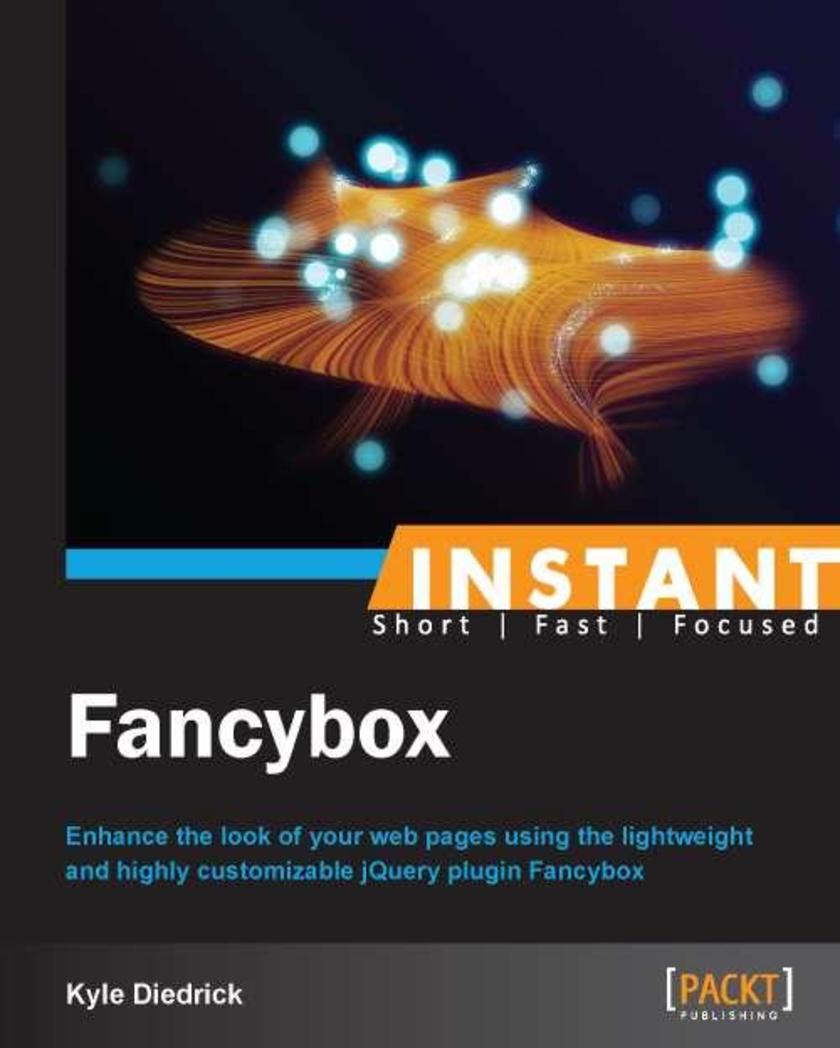
Instant Fancybox
¥41.41
Filled with practical, step-by-step instructions and clear explanations for the most important and useful tasks. Instant Fancybox is a tutorial guide with step-by step instructions and practical examples to help you customize your web pages.Instant Fancybox is great for web developers looking to learn more about the Fancybox jQuery plugin. The book assumes a working knowledge of HTML and CSS. Readers are also expected to have a basic understanding of jQuery and JavaScript.
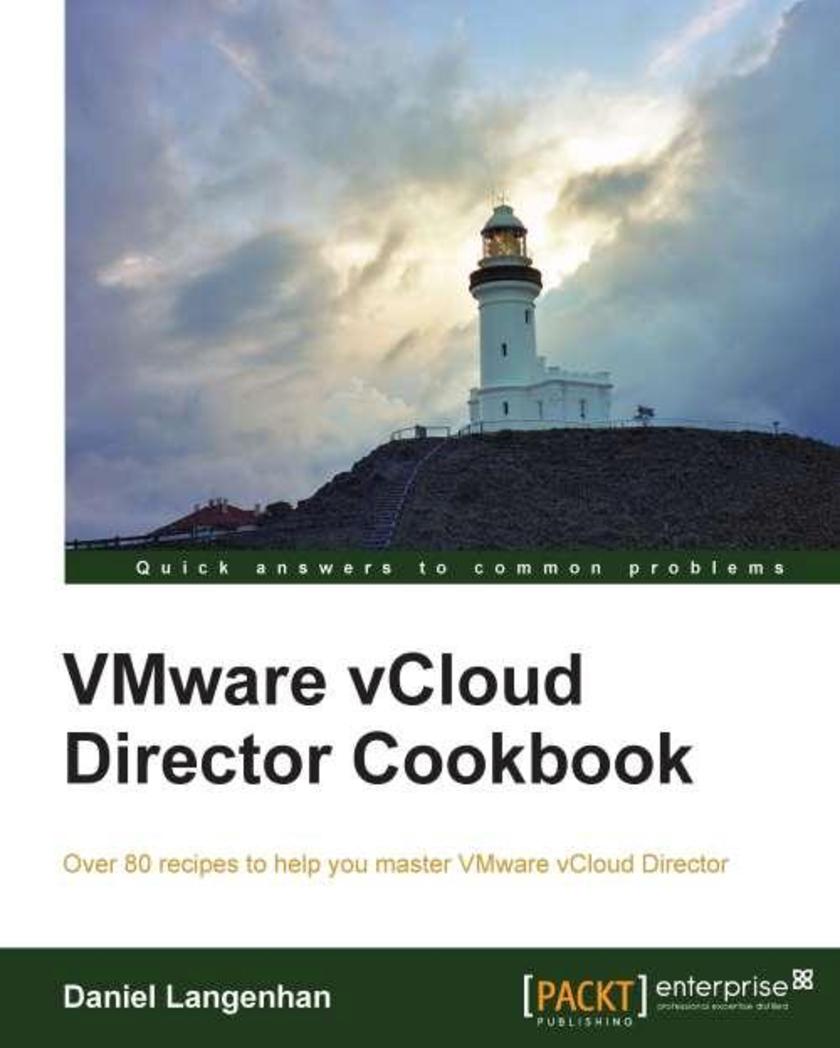
VMware vCloud Director Cookbook
¥90.46
"VMware vCloud Director Cookbook" will adopt a Cookbook-based approach. Packed with illustrations and programming examples, this book explains the simple as well as the complex recipes in an easy-to-understand language."VMware vCloud Director Cookbook" is aimed at system administrators and technical architects moving from a virtualized environment to cloud environments. Familiarity with cloud computing platforms and some knowledge of virtualization and managing cloud environments is expected.
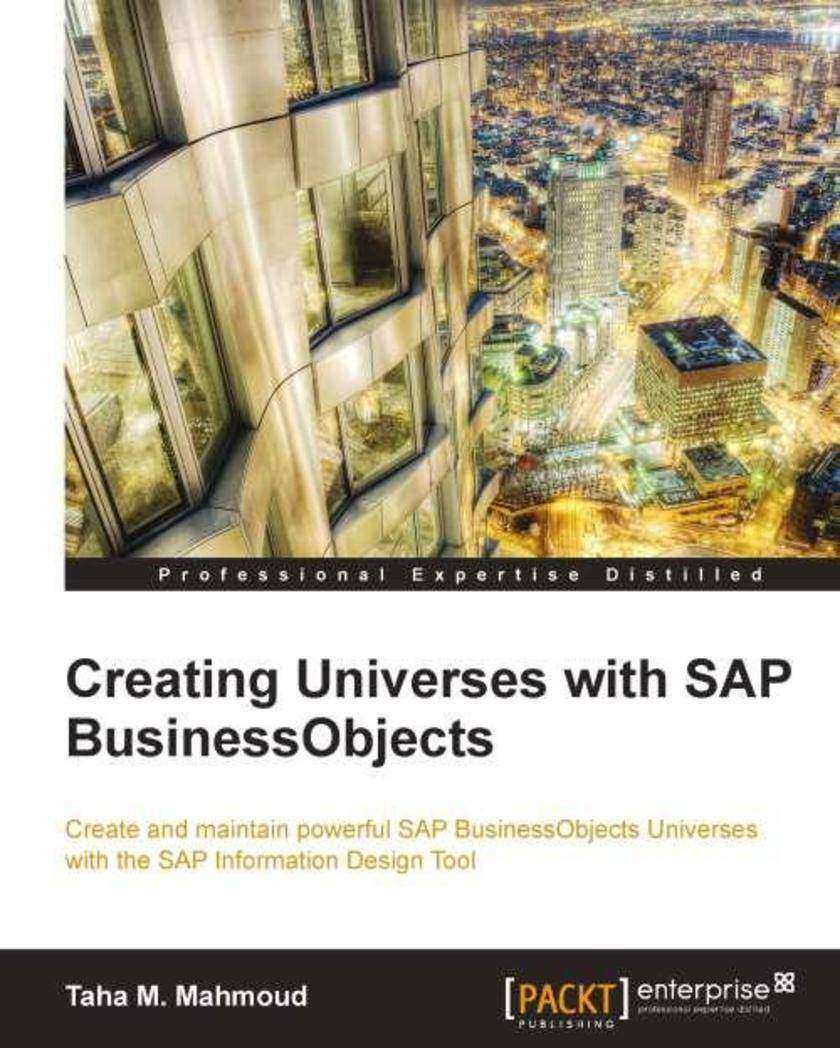
Creating Universes with SAP Business Objects
¥99.18
This book is aimed at both new developers as well as experienced developers. If you are a new SAP BusinessObjects Universe developer who is looking for a step-by-step guide supported with real-life examples and illustrated diagrams, then this book is for you. If you are a seasoned BusinessObjects Universe developer who is looking for a fast way to map your old experience in Universe designer to the newer Information Design Tool, then this book is for you as well.
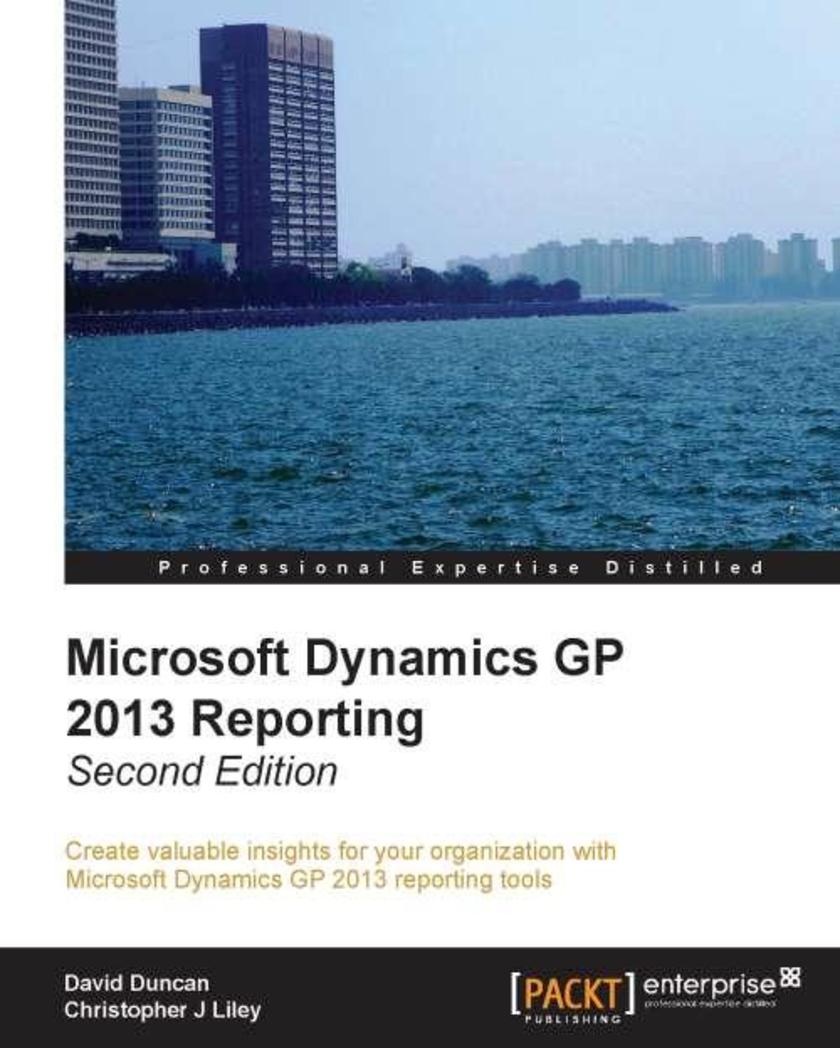
Microsoft Dynamics GP 2013 Reporting, Second Edition
¥107.90
A practical guide to creating and managing reports as well as identifying the most appropriate reporting tool for any reporting challenge, this book employs real-life, step-by-step examples in a part tutorial, part reference manner.If you are a Microsoft Dynamics GP developer, consultant or power user who wants to create and manage reports, then "Microsoft Dynamics GP 2013 Reporting, Second Edition" is for you. A working knowledge of Microsoft Dynamics GP is required. A basic understanding of business management systems and reporting applications such as Microsoft Excel and SQL Reporting Services is highly recommended.

Getting Started with Greenplum for Big Data Analytics
¥71.93
Standard tutorial-based approach."Getting Started with Greenplum for Big Data" Analytics is great for data scientists and data analysts with a basic knowledge of Data Warehousing and Business Intelligence platforms who are new to Big Data and who are looking to get a good grounding in how to use the Greenplum Platform. It’s assumed that you will have some experience with database design and programming as well as be familiar with analytics tools like R and Weka.

Ouya Unity Game Development
¥54.49
A clear, concise, and practical guide that will teach you how to build your own console game and become an indie developer.This book is for game developers who are interested in developing games for the Ouya console on the Unity game engine. It is assumed that you have a basic understanding of Unity.
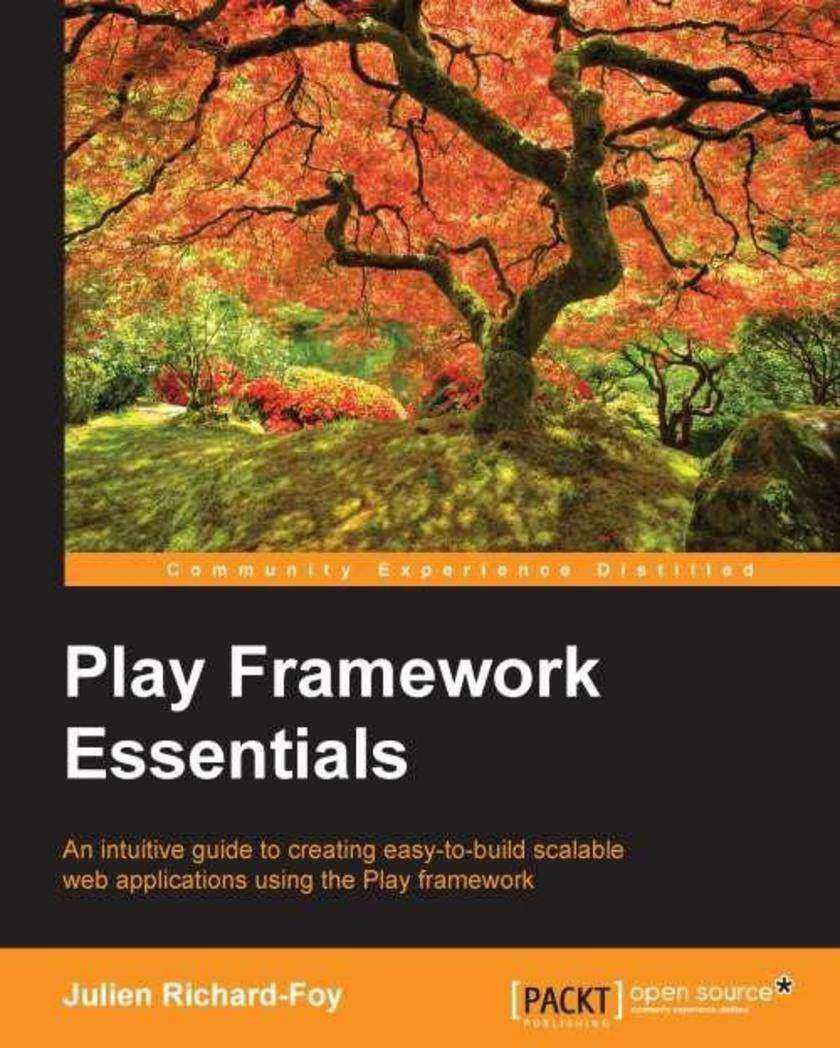
Play Framework Essentials
¥54.49
This book targets Java and Scala developers who already have some experience in web development and who want to master Play framework quickly and efficiently. This book assumes you have a good level of knowledge and understanding of efficient Java and Scala code.
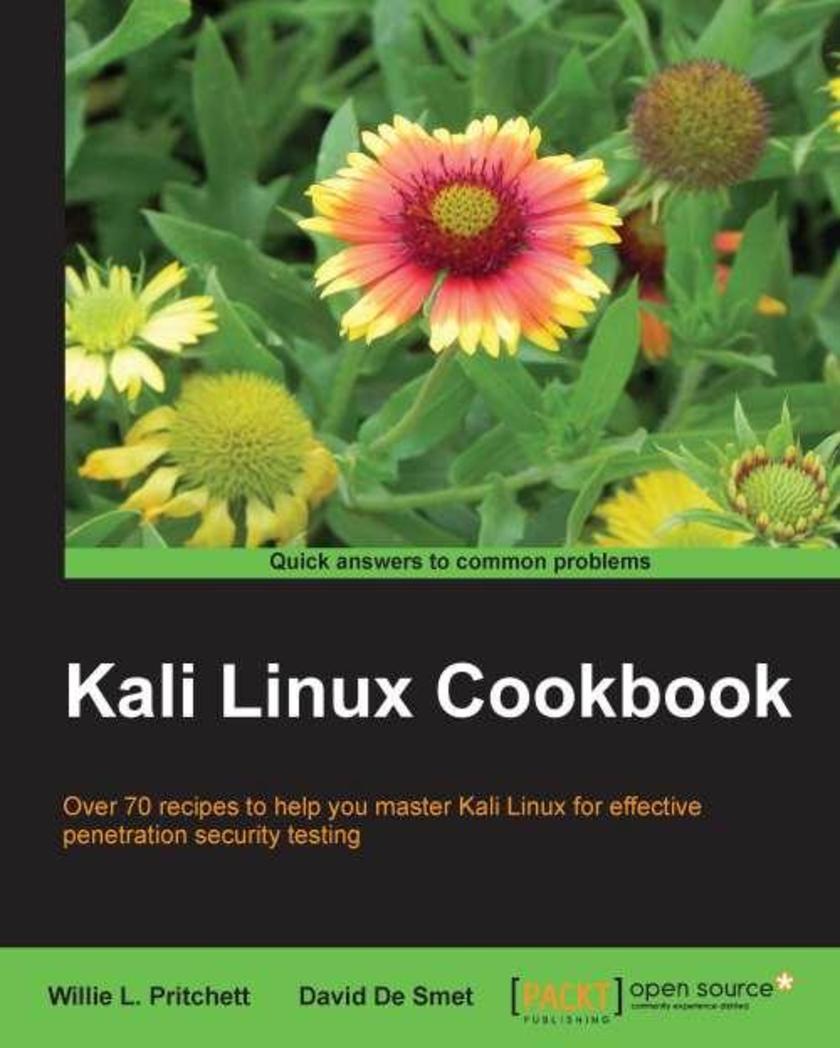
Kali Linux Cookbook
¥75.20
A practical, cookbook style with numerous chapters and recipes explaining the penetration testing. The cookbook-style recipes allow you to go directly to your topic of interest if you are an expert using this book as a reference, or to follow topics throughout a chapter to gain in-depth knowledge if you are a beginner.This book is ideal for anyone who wants to get up to speed with Kali Linux. It would also be an ideal book to use as a reference for seasoned penetration testers.
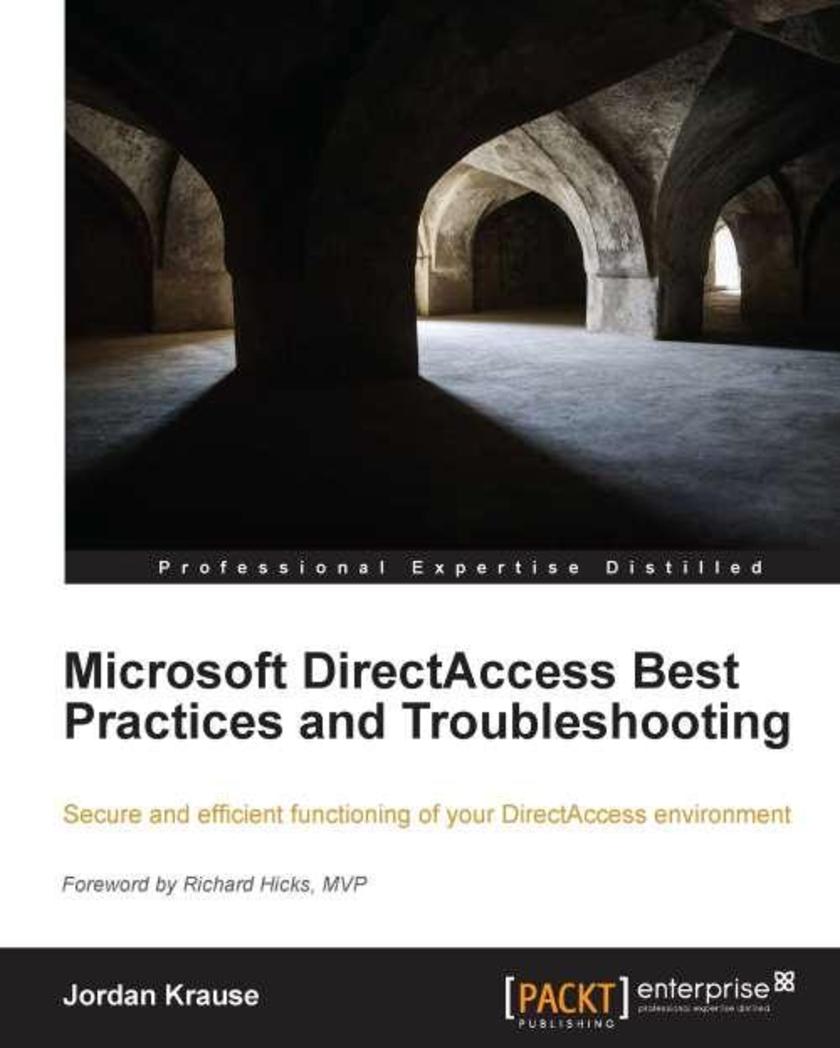
Microsoft DirectAccess Best Practices and Troubleshooting
¥68.66
This book covers best practices and acts as a complete guide to DirectAccess and automatic remote access.Microsoft DirectAccess Best Practices and Troubleshooting is an ideal guide for any existing or future DirectAccess administrator and system administrators who are working on Windows Server 2012. This book will also be beneficial for someone with a basic knowledge of networking and deployment of Microsoft operating systems and software who wants to learn the intricacies of DirectAccess and its interfaces.

Delphi Cookbook
¥80.65
Intended to refresh the basics of Delphi as well as advance your knowledge to the next level, it is assumed you will know RAD studio and the Object Pascal language. However, if you are not an experienced RAD studio programmer this accessible guide will still develop those initial crucial skills.
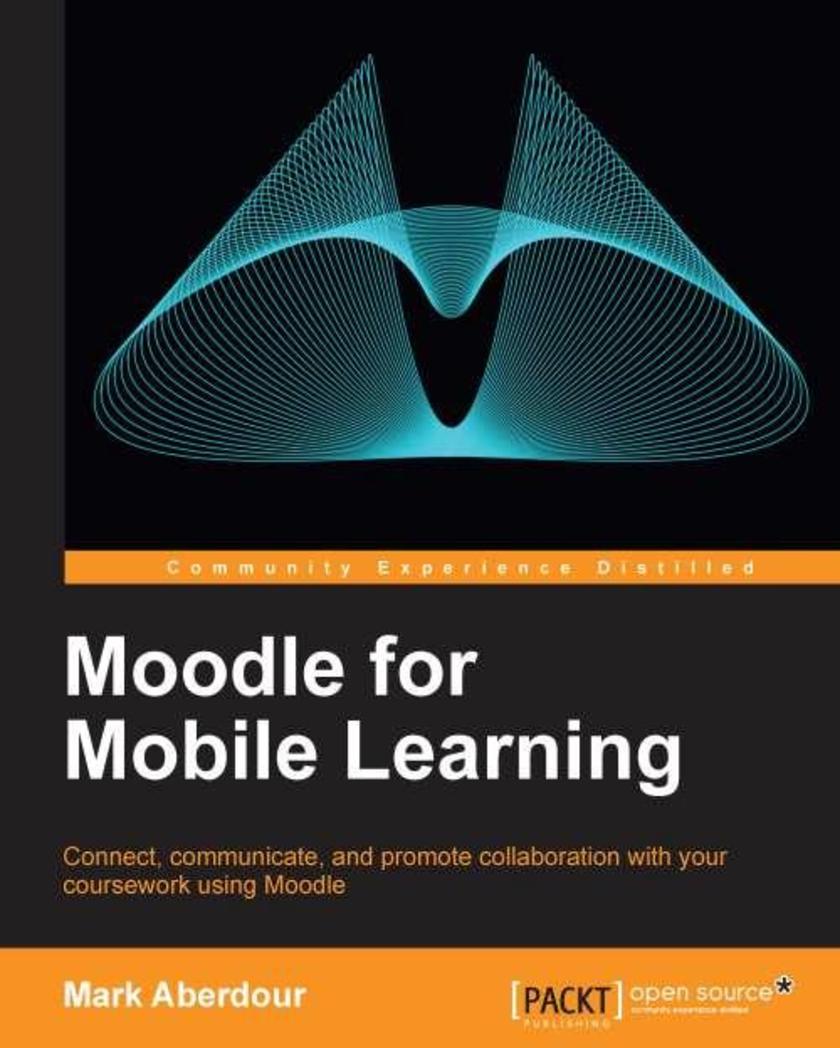
Moodle for Mobile Learning
¥71.93
A guide with practical examples that gives you hands-on knowledge in creating learning environments for Mobile devices using Moodle, while also empowering you to create your own effective mlearning course designs."Moodle for Mobile Learning" is primarily aimed at Moodle course practitioners – teachers, tutors, instructors, and learning and development professionals. It does not require you to have an in-depth knowledge about any mobile technologies. It is for anyone who has the desire to deliver great courses that allow their learners to interact using the devices in their pockets.
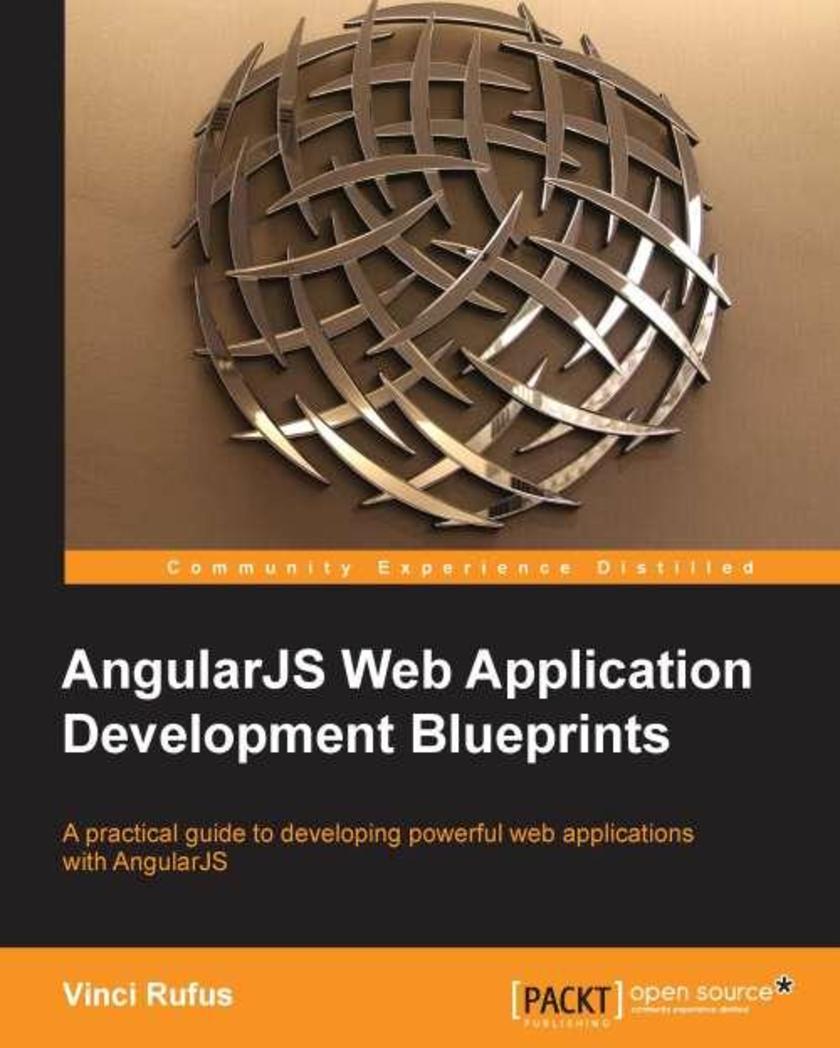
AngularJS Web Application,Development Blueprints
¥90.46
If you are a web application developer interested in using AngularJS for a real-life project, then this book is for you. As a prerequisite, knowledge of JavaScript and HTML is expected, and a working knowledge of AngularJS is preferred.
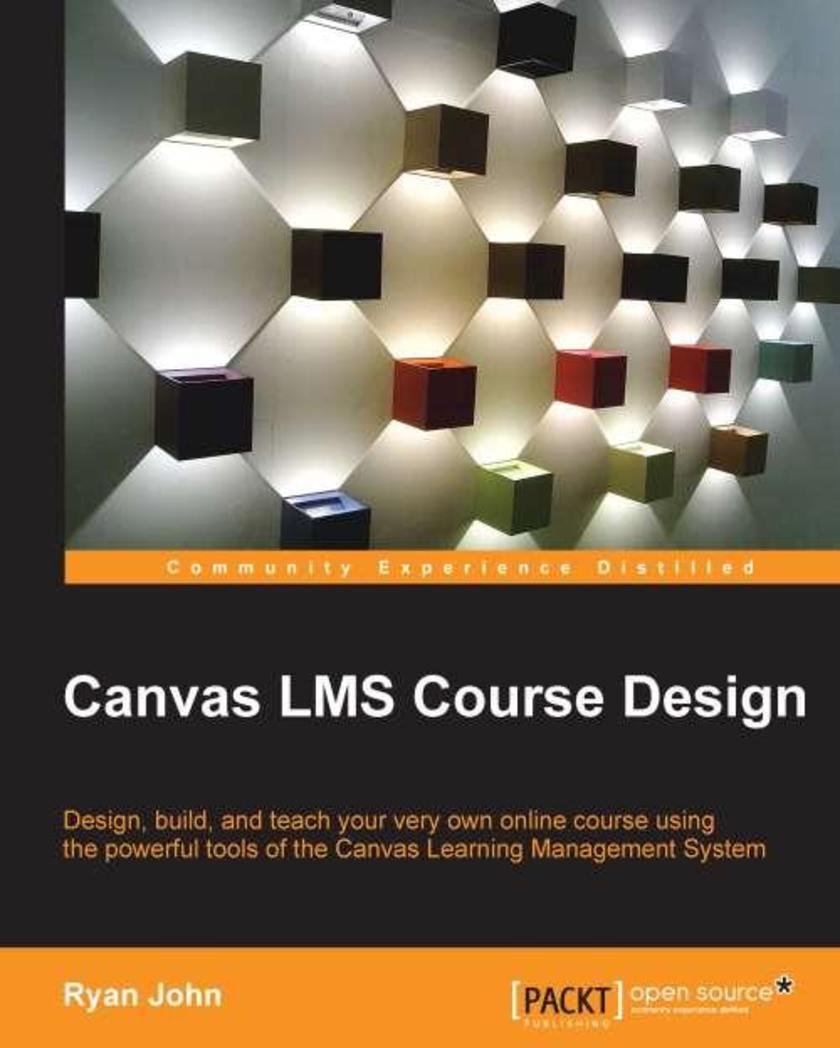
Canvas LMS Course Design
¥80.65
This book is intended for educators who want to use Canvas to enhance their teaching or for educators whose institution has adopted Canvas as its learning management system. Whether you are brand new to online learning or you are a seasoned expert, you will be able to master both the basic functions and the advanced features of Canvas with this book.
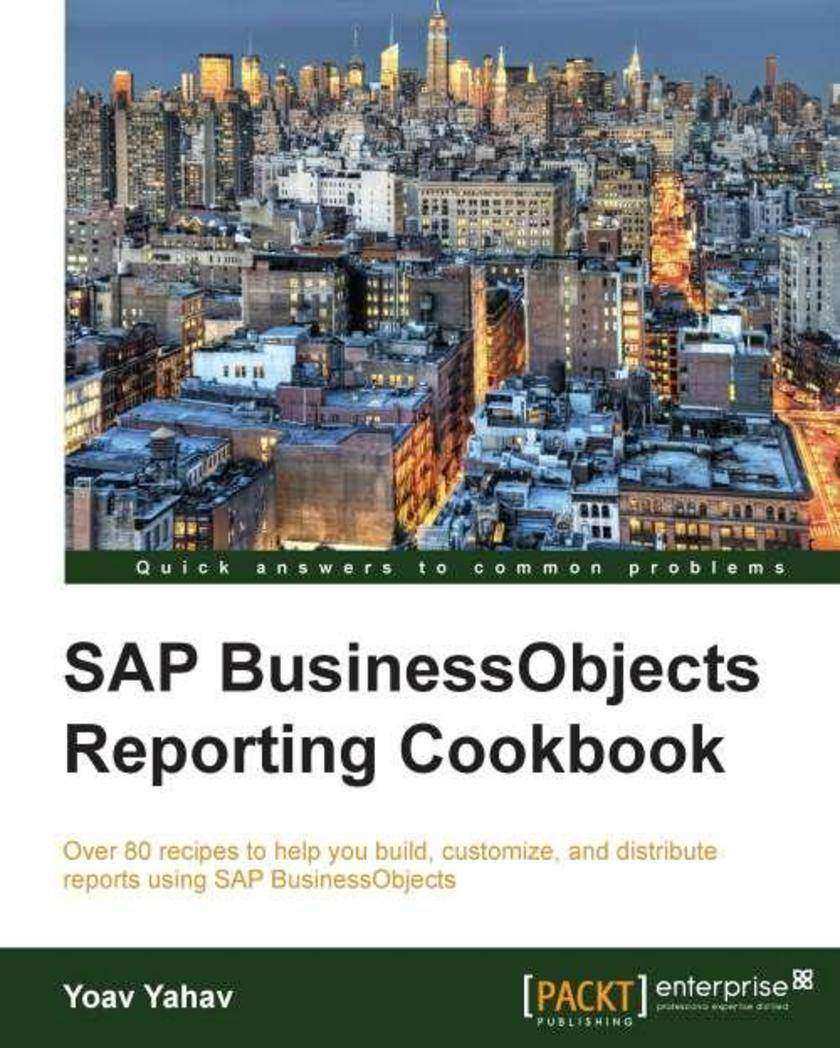
SAP BusinessObjects Reporting Cookbook
¥99.18
If you are a business analyst, BI developer, or an IT professional who wants to learn the A to Z of how to work with Web Intelligence reporting tools and different types of data, then this book is for you. The only thing you need is a basic understanding of what Business Intelligence is and data concepts.
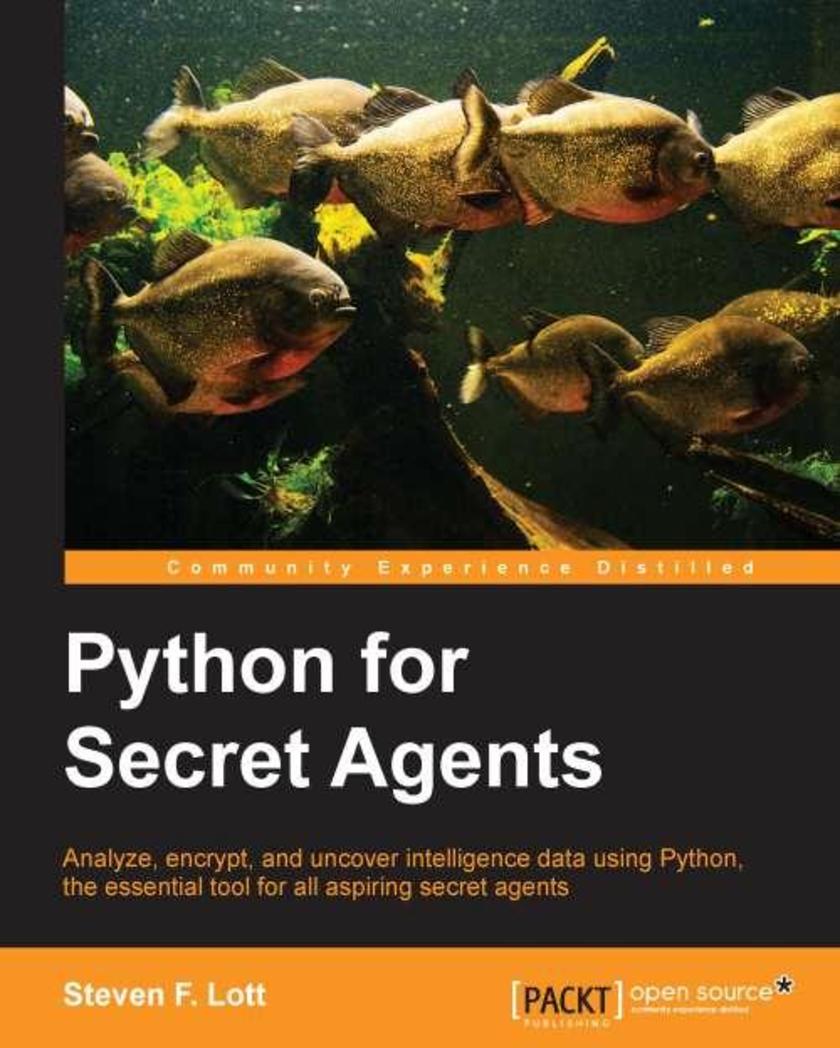
Python for Secret Agents
¥50.13
If you are a Python beginner who is looking to learn the language through interesting projects, this book is for you. A basic knowledge of programming and statistics is beneficial to get the most out of the book.




 购物车
购物车 个人中心
个人中心



